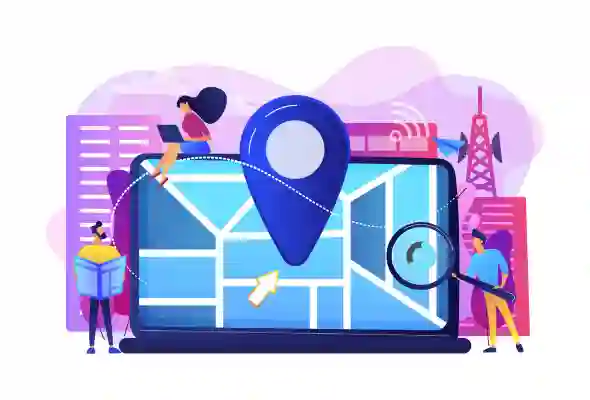Growing Importance of Local SEO for Businesses

Local SEO (Search Engine Optimization) has become increasingly significant for businesses in recent years. It refers to the practice of optimizing a website’s visibility and rankings in local search engine results. With the rise of mobile devices and the increasing emphasis on localized search results, businesses are realizing the importance of targeting local customers effectively. Here are some reasons why local SEO has gained growing significance:
- Increased Mobile Usage: Mobile devices are now the primary means through which people search for local products and services. According to various studies, a significant percentage of mobile searches have a local intent. Local SEO ensures that businesses appear prominently in local search results, making it easier for potential customers to find and engage with them.
- Google’s Local Search Algorithm: Search engines, especially Google, have developed sophisticated algorithms to deliver personalized and localized search results. Google considers various factors such as location, proximity, and relevance when displaying search results. By optimizing their online presence for local SEO, businesses can enhance their chances of appearing in the “Local Pack” or “Map Pack,” which is a highly visible section in Google search results.
- Targeting Specific Audiences: Local SEO allows businesses to target specific geographic locations where their target audience is situated. This is particularly beneficial for brick-and-mortar businesses, such as restaurants, retail stores or service providers with physical locations. By optimizing their website and online listings for local SEO, businesses can attract customers who are most likely to visit their establishment.
- Increasing Competition: Local markets have become highly competitive, with numerous businesses vying for the attention of local customers. By implementing effective local SEO strategies, businesses can gain an edge over their competitors and increase their visibility in local search results. This can lead to higher website traffic, foot traffic and ultimately, more conversions and sales.
- Online Reviews and Reputation Management: Local SEO involves managing online reviews and maintaining a positive online reputation. Reviews and ratings play a crucial role in influencing consumer decisions. Businesses with positive reviews and ratings are more likely to attract customers. Local SEO strategies often focus on encouraging customers to leave reviews and responding to them promptly, thereby building trust and credibility.
- Voice Search Optimization: The rise of voice search technology, through virtual assistants like Siri, Alexa or Google Assistant, has further highlighted the importance of local SEO. Voice searches are often location-based, with users seeking immediate information or assistance from nearby businesses. By optimizing their online presence for local SEO, businesses can improve their visibility in voice search results and capture voice-based search traffic.
Given these reasons, businesses, both large and small, should prioritize local SEO as part of their overall marketing strategy. By investing in effective local SEO practices, businesses can enhance their online visibility, reach their target audience more effectively and drive valuable traffic to their physical or online stores.
Recent Posts
-
How IMI Advertising Achieved 2X Growth in the Game Website19 Apr 2024
-
How IMI Advertising Helped iBoon Technologies to Achieve Ranking for Competitive Keywords by 68%14 Mar 2024
-
The Crucial Role of Content Freshness in SEO: Ahmedabad's Best SEO Company09 Feb 2024
-
What is a Digital Marketing Funnel?25 Sep 2023
-
10 SEO Tips for E commerce business18 Sep 2023
Have Any Question?
- 093131 00658
- [email protected]
















